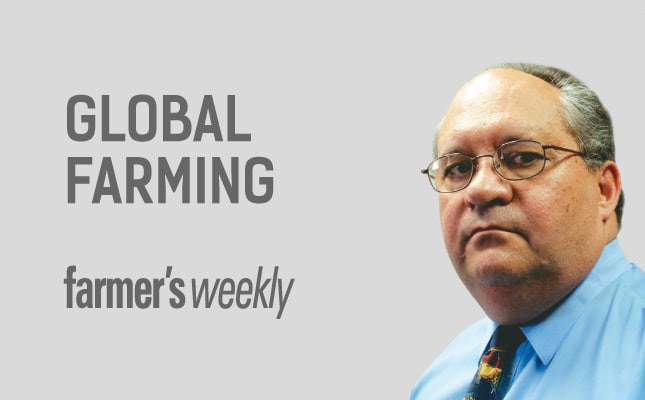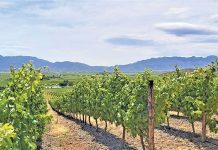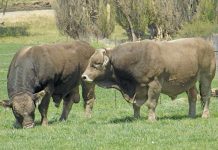
The customer is always right is a well-known saying, attributed to Harry Selfridge, the founder of the Selfridges department store in London.
It has become a universal truth in retail because the customer votes with their money: if they are not satisfied with a product or service, they’ll go elsewhere.
This is even true for monopolistic suppliers like Eskom, where consumers are voting against it by installing alternative systems.
Farmers need to know and understand the factors that influence consumers’ decisions.
The marketing environment
Traditionally, farmers were far removed from the final consumers of their products. They produced food and fibre, and delivered the products to co-operatives who were the agents for the marketing boards.
The price the farmers got was decided by the different boards. In most cases the retail sector could only buy from specific agents appointed by the boards.
As farmers had a majority within the marketing boards, prices were in general at farmer-preferred levels.
This all changed in the late 1980s. A campaign to decrease the role and power of the marketing boards was launched by prominent retail and manufacturing sector entities.
The boards, unfortunately, through their high cost structures, played into the hands of anti-board campaigners.
Academics got onto the anti-board bandwagon as deregulation became fashionable internationally.
South Africa’s new dispensation after 1994 gave the opportunity to destroy the agricultural marketing system.
The new Marketing Act (No. 47 of 1996) enforced the closing down of the different marketing boards by January 1998.
After the closure of the boards, the marketing decisions became the responsibility of the farmer.
The South African consumer
Every year, the Bureau for Food and Agricultural Policy (BFAP) publishes a detailed overview of the South African consumer landscape in Baseline.
BFAP divides the population into three main lifestyle segments: low income, middle income and affluent consumers.
The low-income group has monthly income per household of up to R10 000; the middle-income group has between R10 000 and R20 000; and the affluent group R30 000 or more.
The low-income group spends more than 30% of total income on food, the middle-income group about 20%, and the affluent group less than 10%.
READ How income and price changes affect demand
My own calculations, based on the BFAP estimates, show that in 2022, the low-income group contributed 24% to total food expenditure; the middle-income group 45%; and the affluent group 31%.
The low-income and middle-income groups are important segments of the total food demand.
Per-capita real household income increased steadily from 2000 to 2008, dipped slightly in 2009, grew slowly to 2019, decreased as a result of COVID- 19 in 2020, and has recovered slightly since.
Latest indicators point towards marginal growth in 2024. In 2021, salaries were the main source of income for more than 50% of households.
Social grants were the main source of income for 24% and a supplementary income for an additional 27% of households. Social grants are increased annually.
For the past 20 years, the South African consumer environment has been characterised by upward mobility as consumers move from the low-income to the middle-income and affluent groups.
This trend has slowed since 2020: the percentage of the population within the lower-income and affluent groups decreased from 2020 to 2022 while the middle-income group grew.
Consumers are struggling with stagnant-to-lower income, high debt-to-income levels, growing unemployment, high non-food inflation and the cost of load-shedding.
This means they have less money to spend on food. Affordability thus is a major factor driving consumers’ buying decisions.
It is interesting that manufacturers ignore this and emphasise that products are environmentally friendly and ethically produced while most consumers really only worry about being able to buy enough food with their limited money.
Farmers can increase the affordability of food if they shorten the supply chain. More consumers are shopping online, and if producers can supply high-quality food products at affordable prices directly, they will find a ready market.
However, consumers need quality products and affordable prices. It is no use, for example, to advertise meat for direct delivery at prices higher than the supermarkets and independent butchers ask.
Dr Koos Coetzee is an independent agricultural economist.










